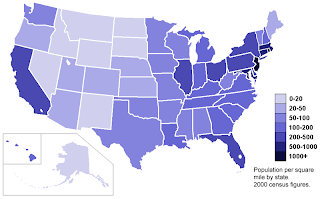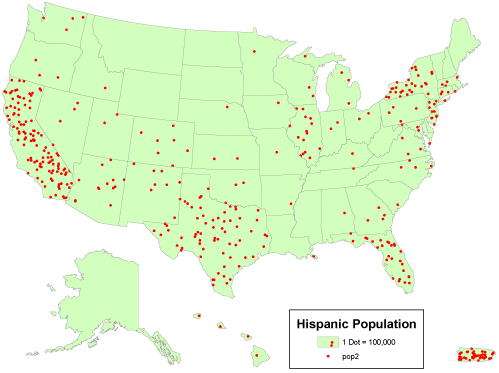What are they?
Deep sea hydrothermal vents are fissures in the earth's surface from which geothermally heated water spews. They exist because the earth has so much water on its surface and within its crust.
What is their purpose?
These vents may have been the first site of life on earth. The organisms in the vents use chemosynthesis, or chemical energy, to support life. They are biologically productive and diverse.
Where are they?
These hydrothermal vents were first discovered about 250 miles off the coast of the Galapagos Islands in Pacific Ocean. We now know that they run all over earth through the Atlantic, Indian, and Antarctic Oceans for 42,000 miles.
What critters can be found there?
Deep sea hydrothermal vents are home to a wide array of unique creatures. Giant tubeworms, or riftia, which bleed like humans when cut are found numerously. Sulfur bacteria which can duplicate photosynthesis chemically in the dark are also important as they provide a food source for higher organisms.Other organisms include shrimp, crabs, fish, worm, and eels.

Want to Learn More?
Bill Nye



